Two interesting sites can be found in Mule Canyon located 20 miles west of Blanding, UT, off Hwy 95. First, we made our way to the South Fork of the canyon to hike the two-mile, round-trip hike (rated easy to moderate) to see House on Fire.
The trail (found near the parking area) follows a wash to reach a modest set of Ancestral Puebloan ruins situated 50’ above the canyon floor.
Wanting to reach the ruins by mid-morning (when the lighting conditions are best), we hiked straight through to the ruins. The trail is not maintained, but the creek bed and foot path are easy to follow. Mud Creek does not flow year-round but there are usually pockets of water in the wash. A steep climb to the ruins, the slickrock makes it possible to reach the structures. Our dog, Sadie, had no problem ascending it.
The striated patterns of the rocks on the ledge above the structures help to create an optical illusion of a roaring fire when the conditions are right.
We explored the area along the alcove and took a closer look at the ruins. These structures were granaries (for food storage) and not residential rooms.
When the sun is reflected from the ledge below to the roof of the alcove, it looks like this. (You can find better photos of it on-line.) Very cool!
On the return hike, we spent some time to explore the crazy rock formations on either side of the wash.
Sadie had a great time exploring the area with us!
We drove .5 miles west on Hwy 95 to visit the Mule Canyon Indian Ruins Interpretive Site. It is well marked with a large parking area and vault restrooms. The paved walkway leads to an informational kiosk as well as the ruins.
The area was first occupied around AD 750, but the main occupation was AD 1000 to 1500. Ancestral Puebloans built these and many other similar communities in the region. An L-shaped block of 12 rooms were once here. The structures were stabilized by the National Park Serve in the early 1970s.
A pavilion has been built above the kiva. Originally, the kiva had a roof of timbers/mud and was accessible via a ladder through a hole in the roof.
A circular tower (2 stories) was constructed near the kiva. A tunnel was dug from the tower to the kiva; and, a second one from the kiva to the residential rooms. This is not a common feature in other pueblos.
This was a quick stop and the kiosk displays are very informative. You may want to check it out if you are driving through here. For additional information and directions, go to www.blm.gov/visit/mule-canyon-ruins.
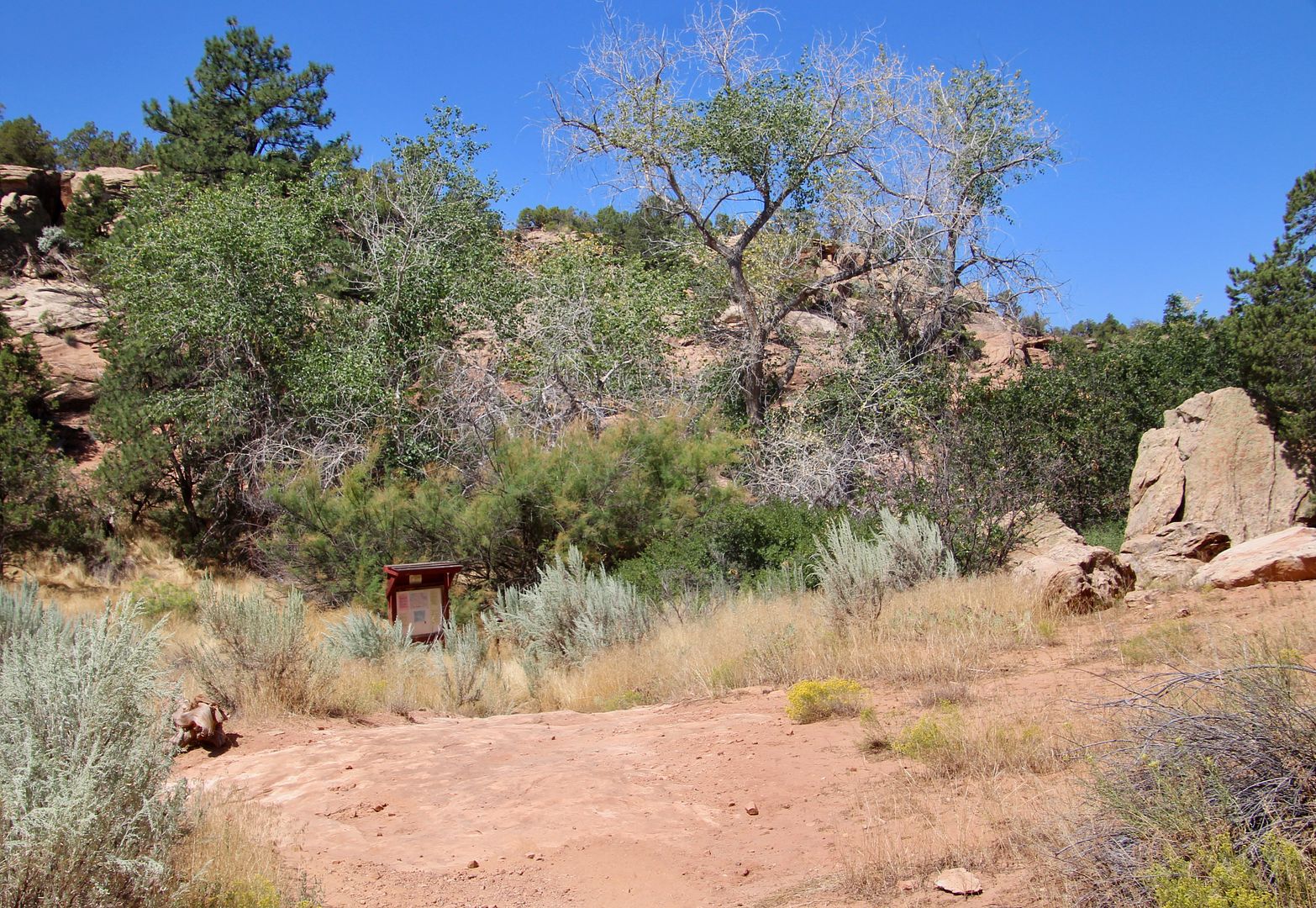
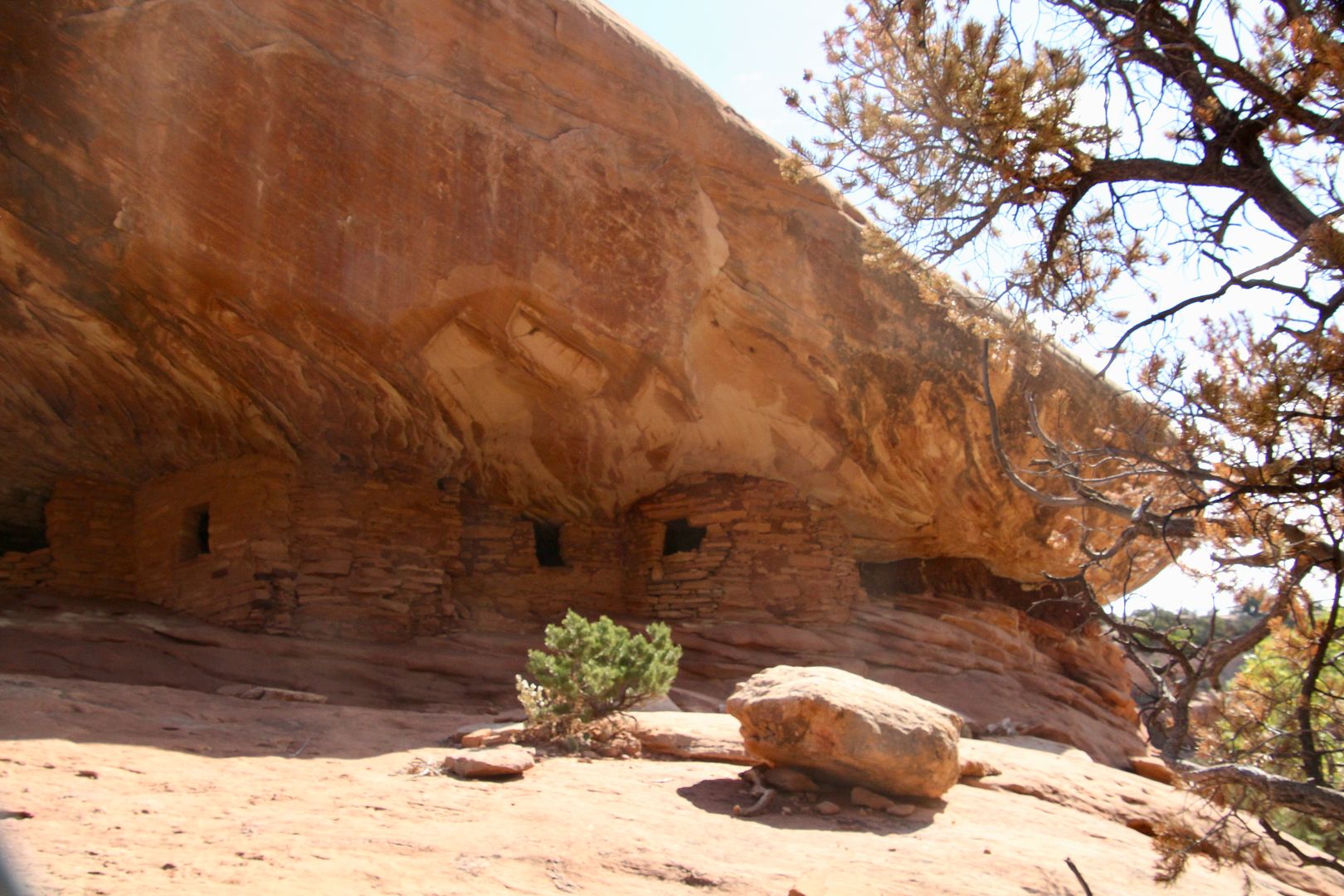
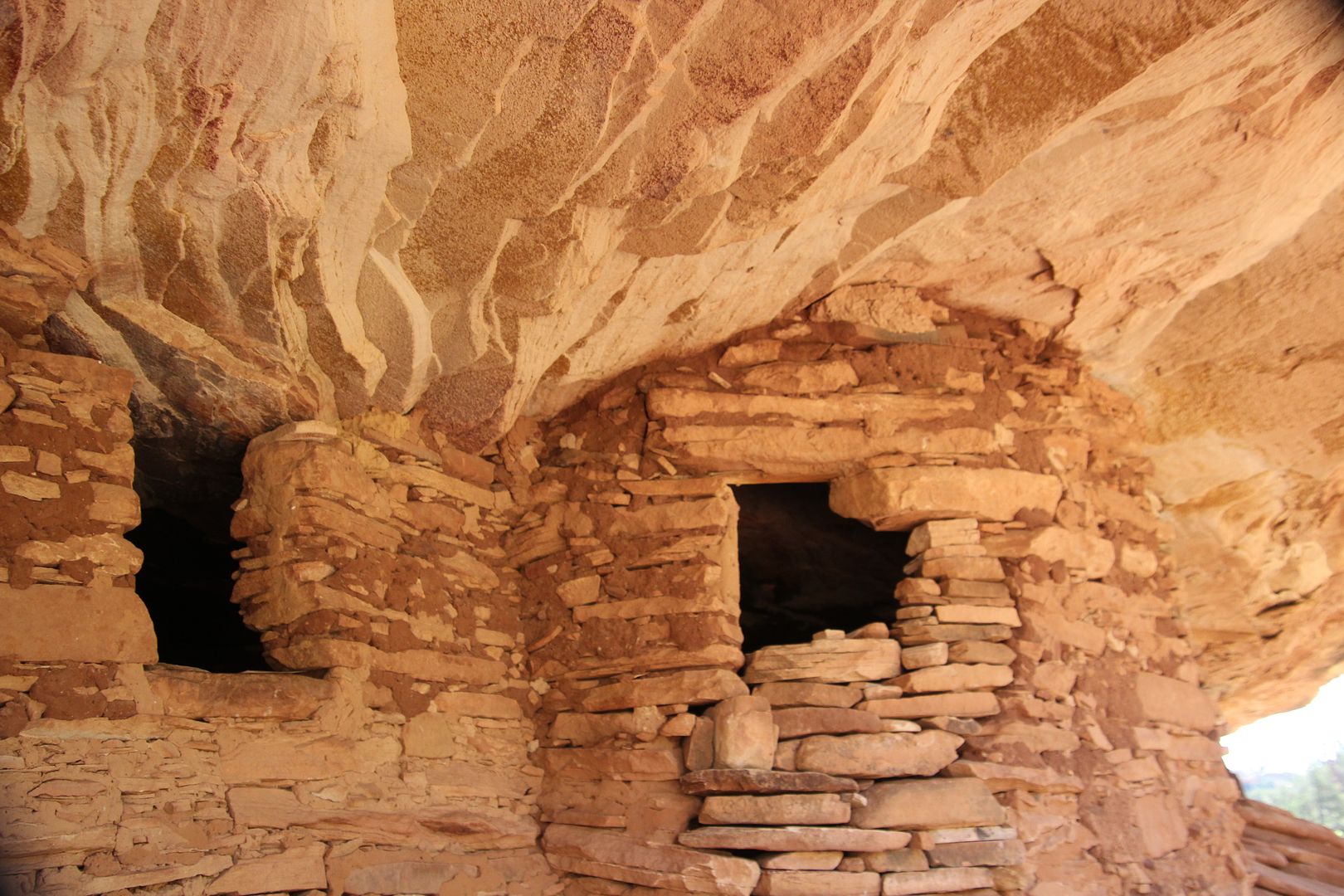
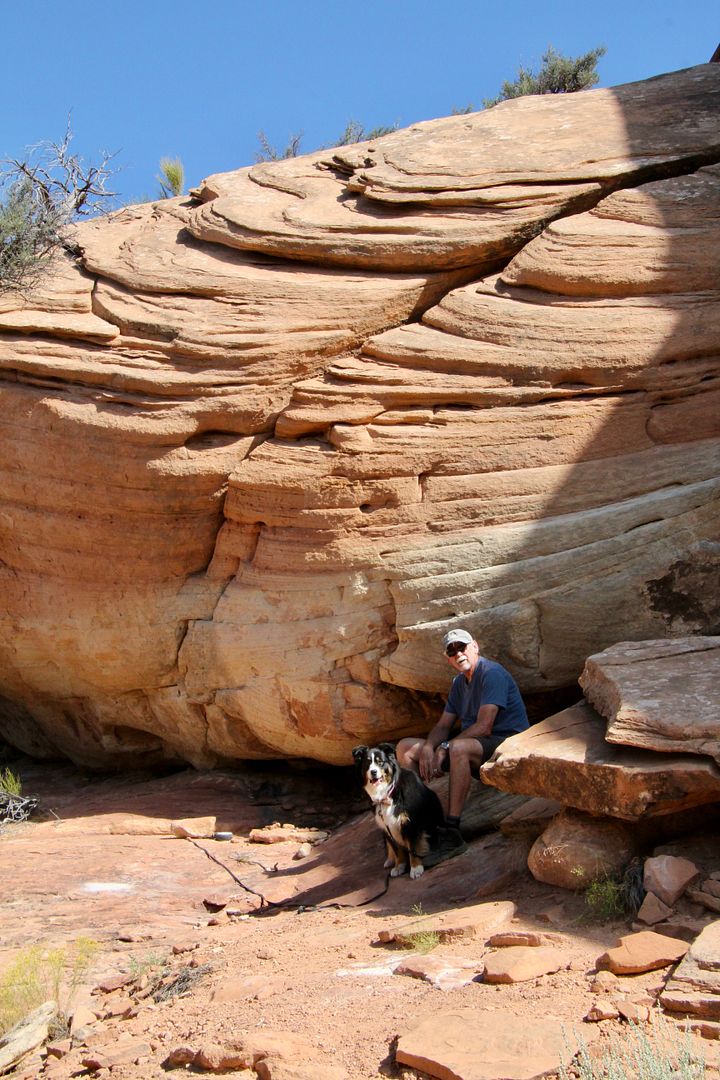

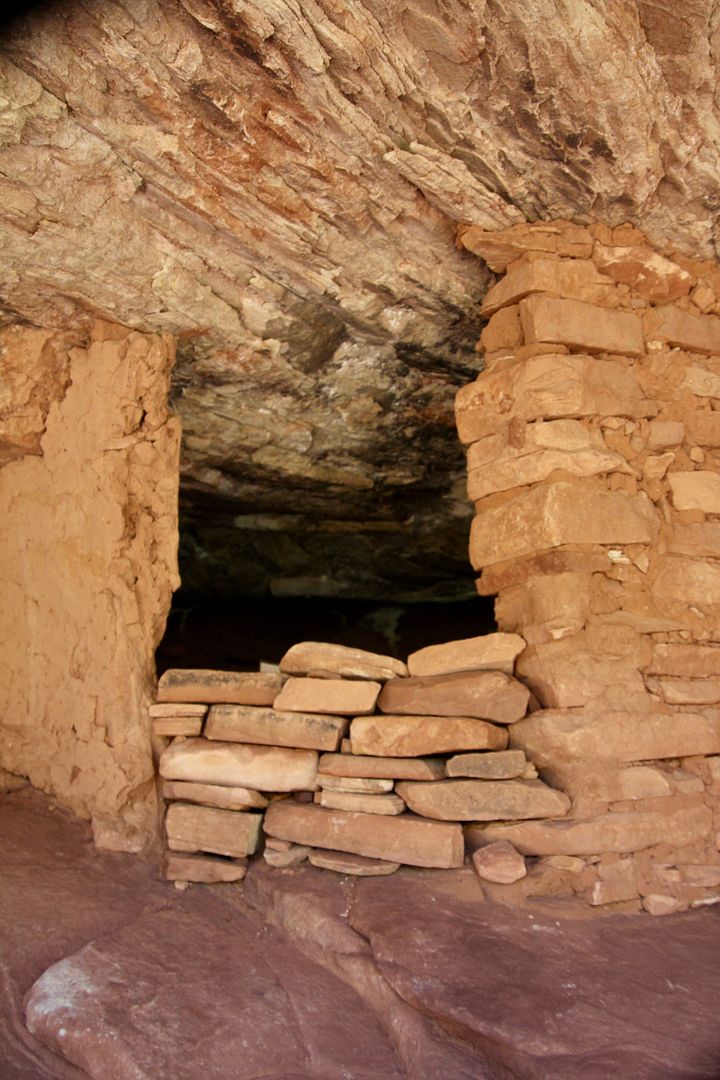
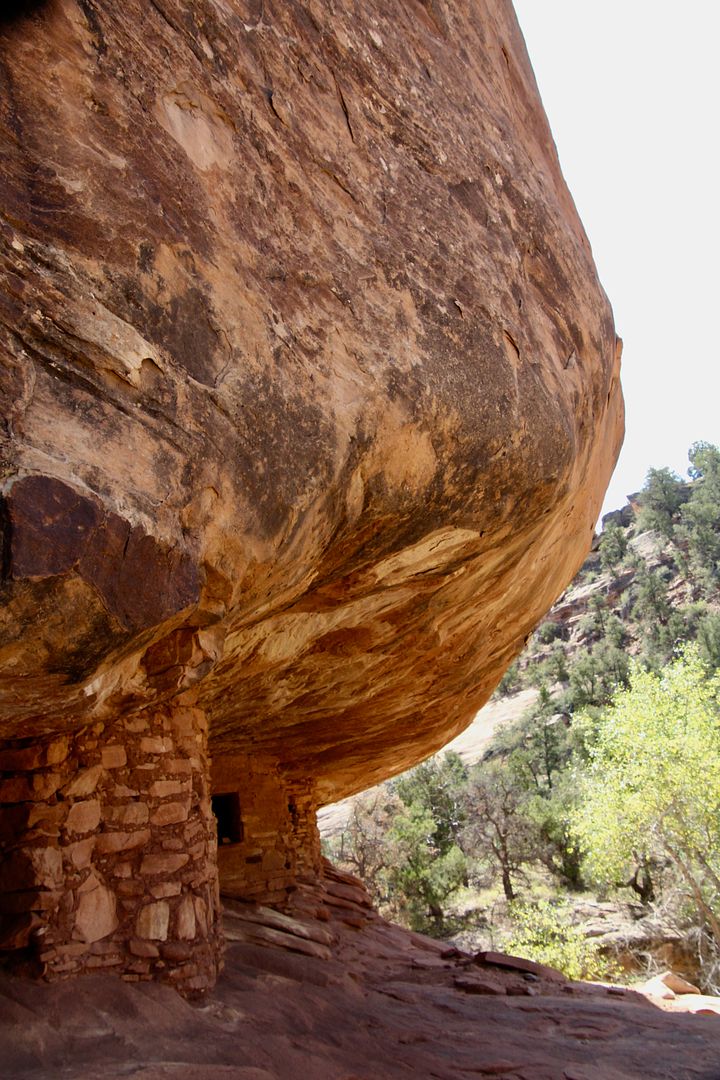
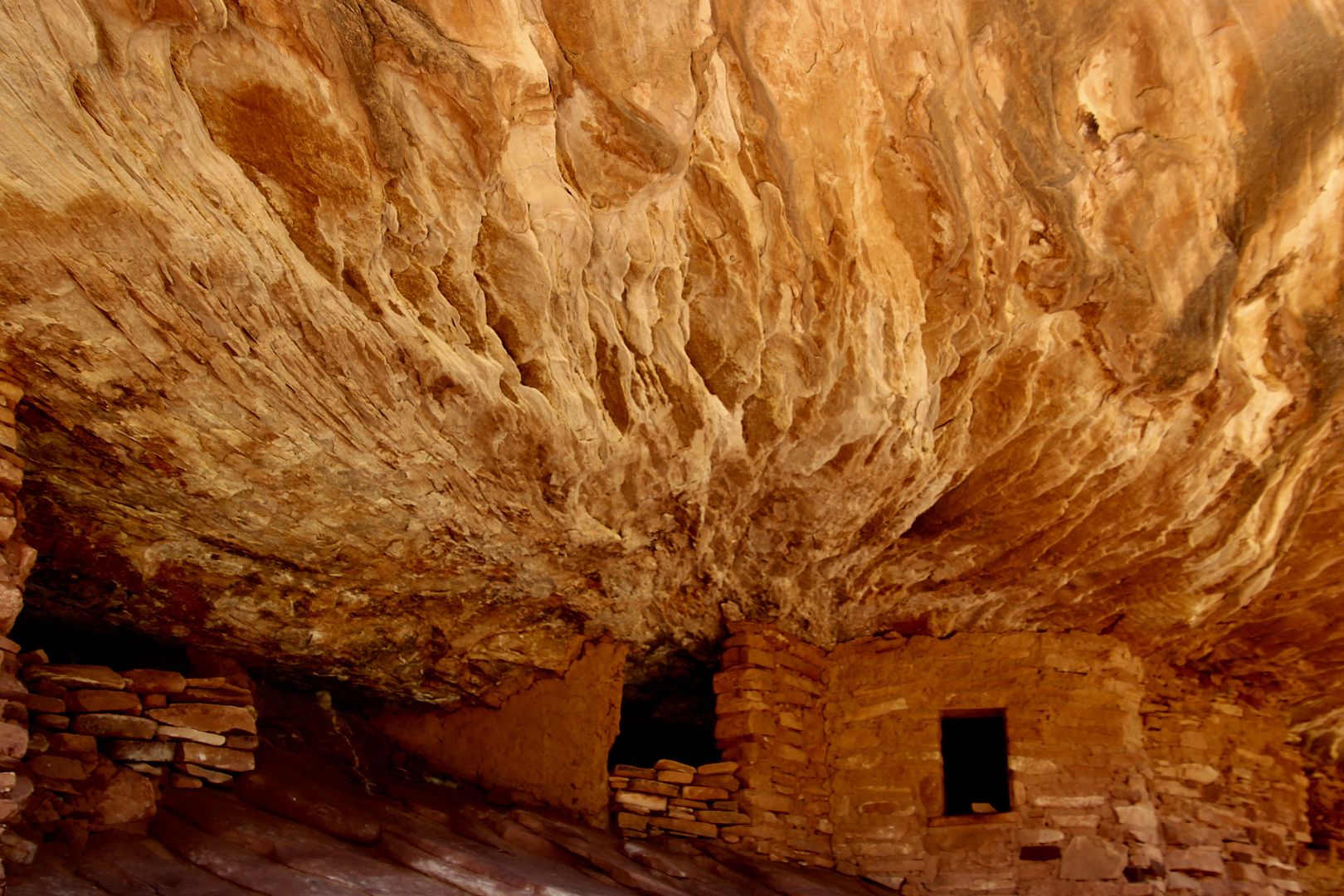
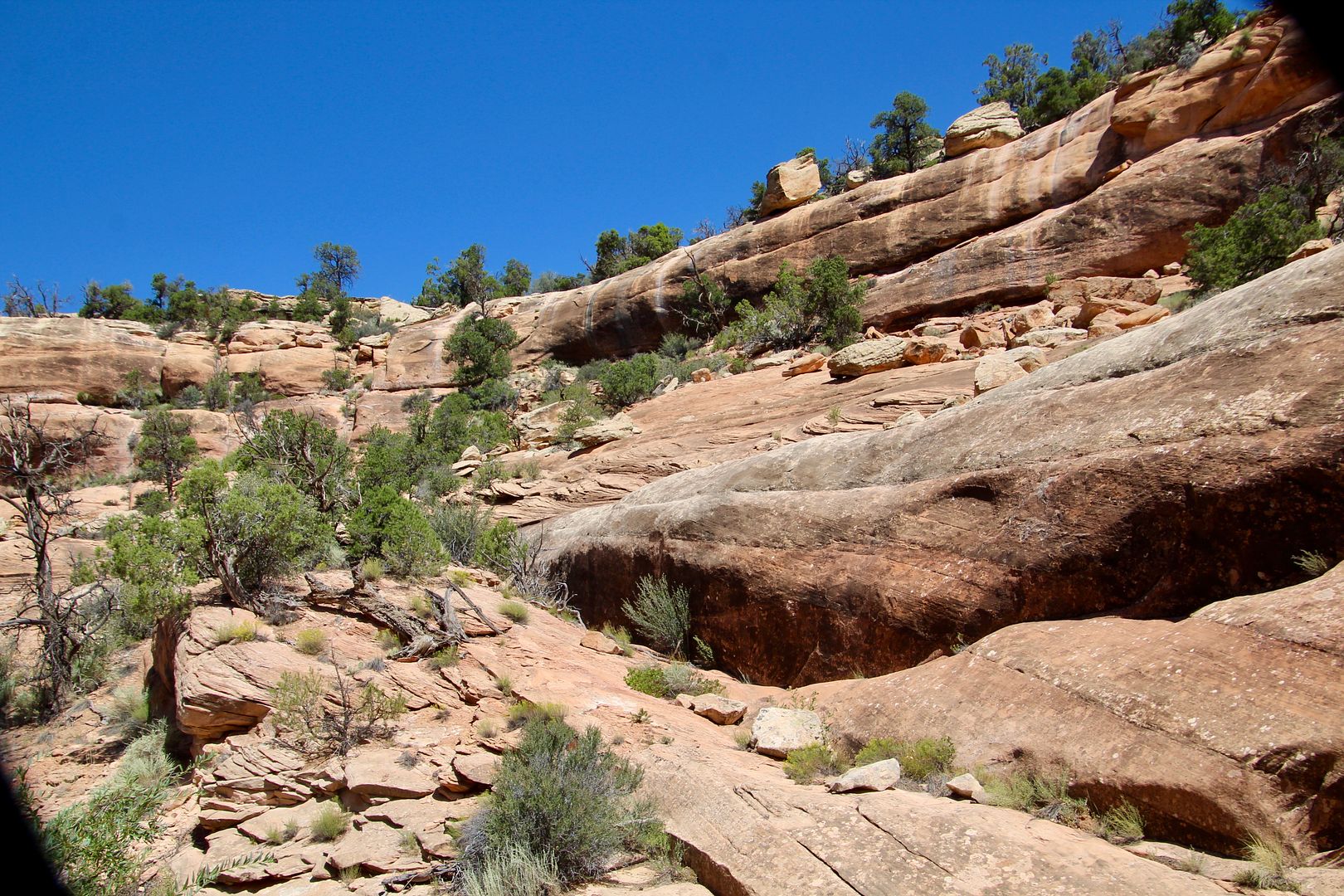
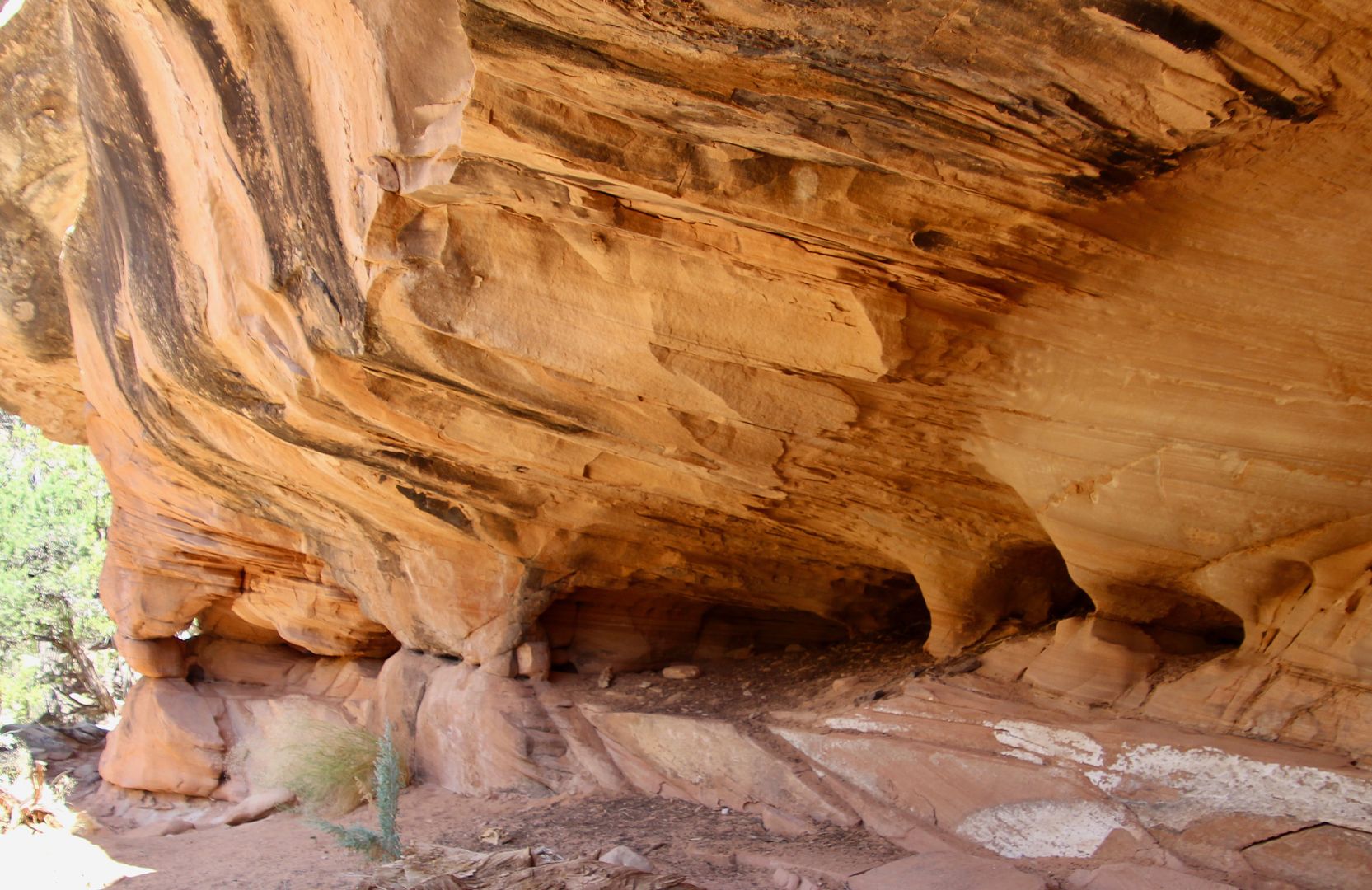
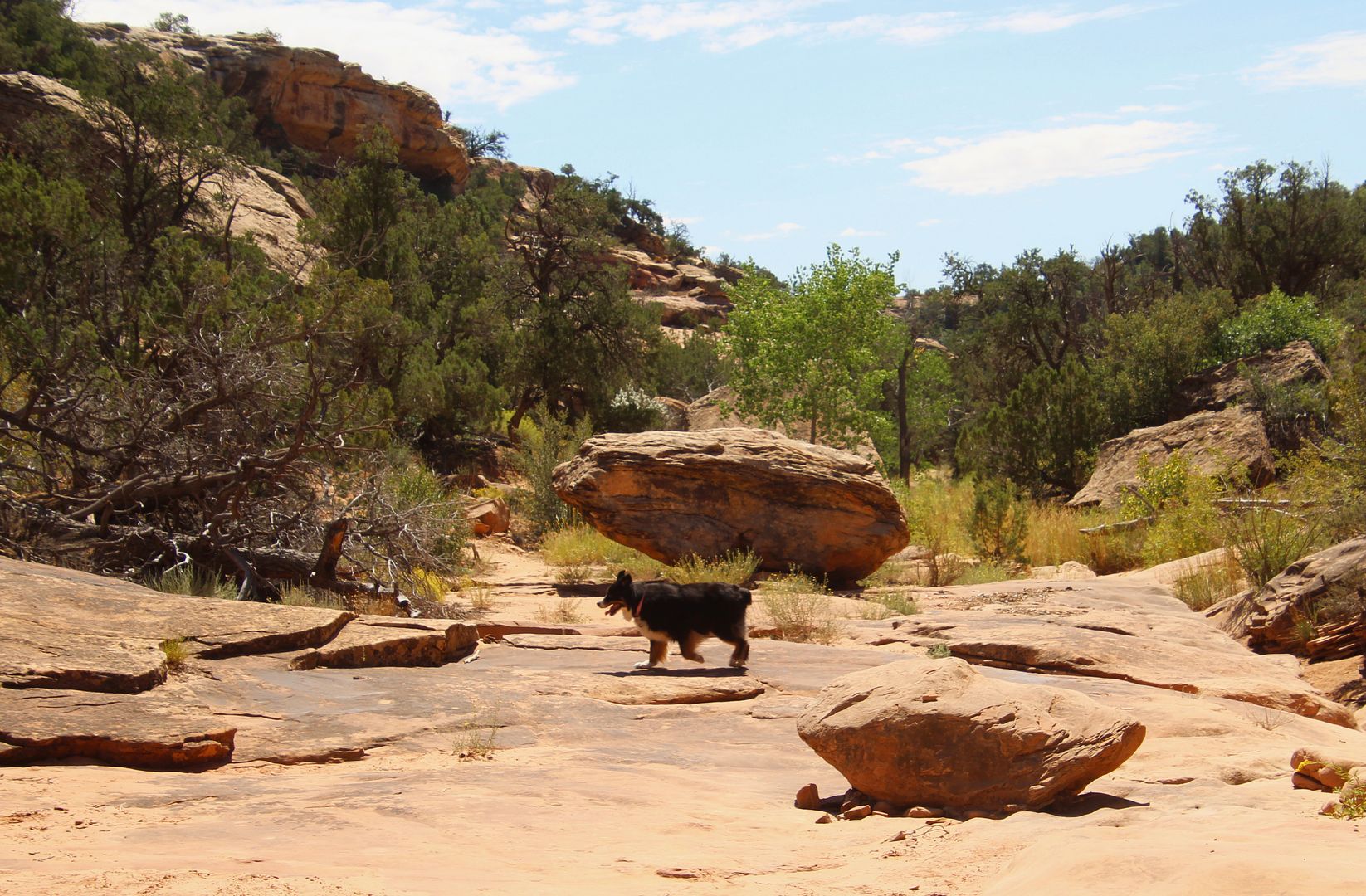
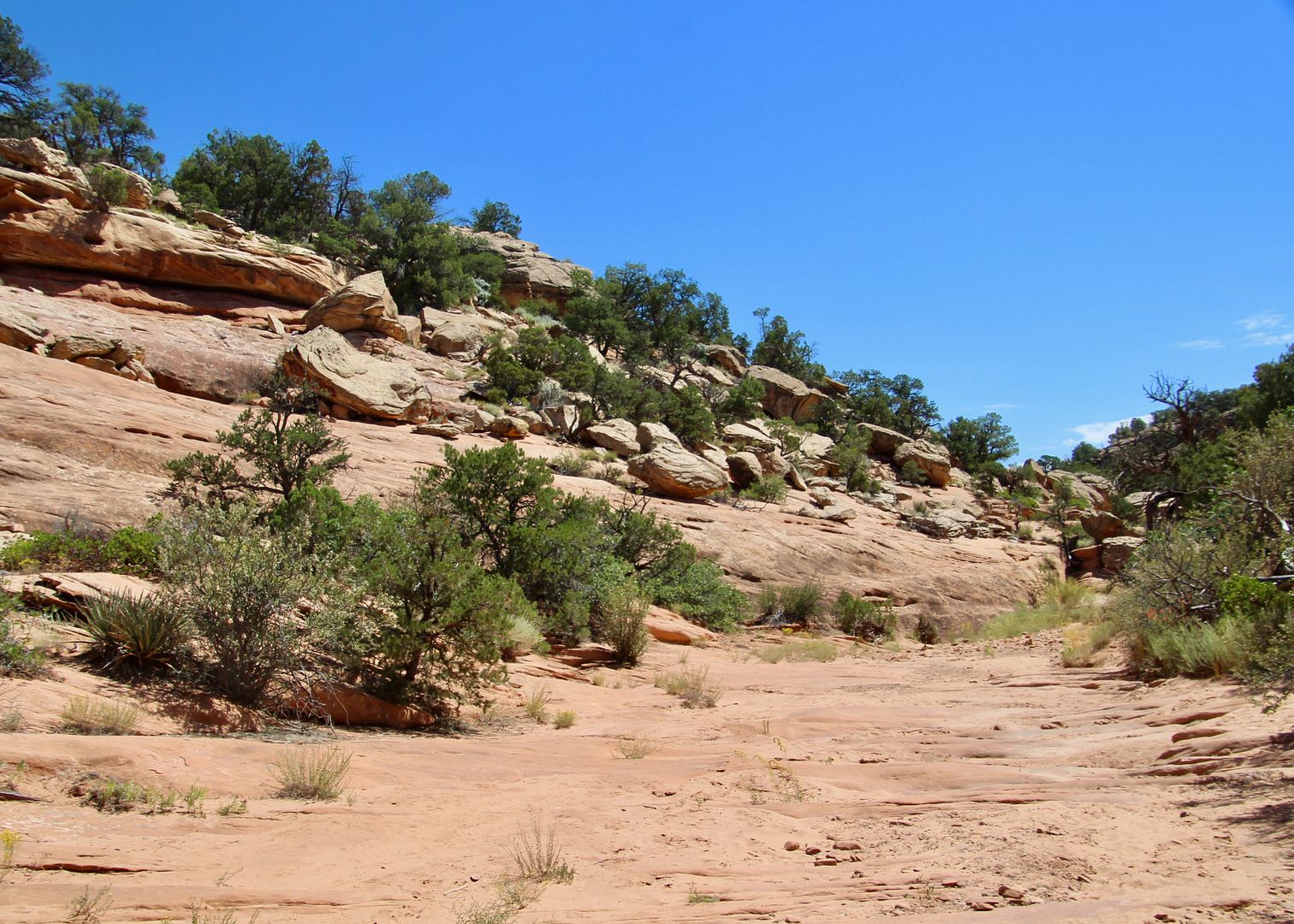
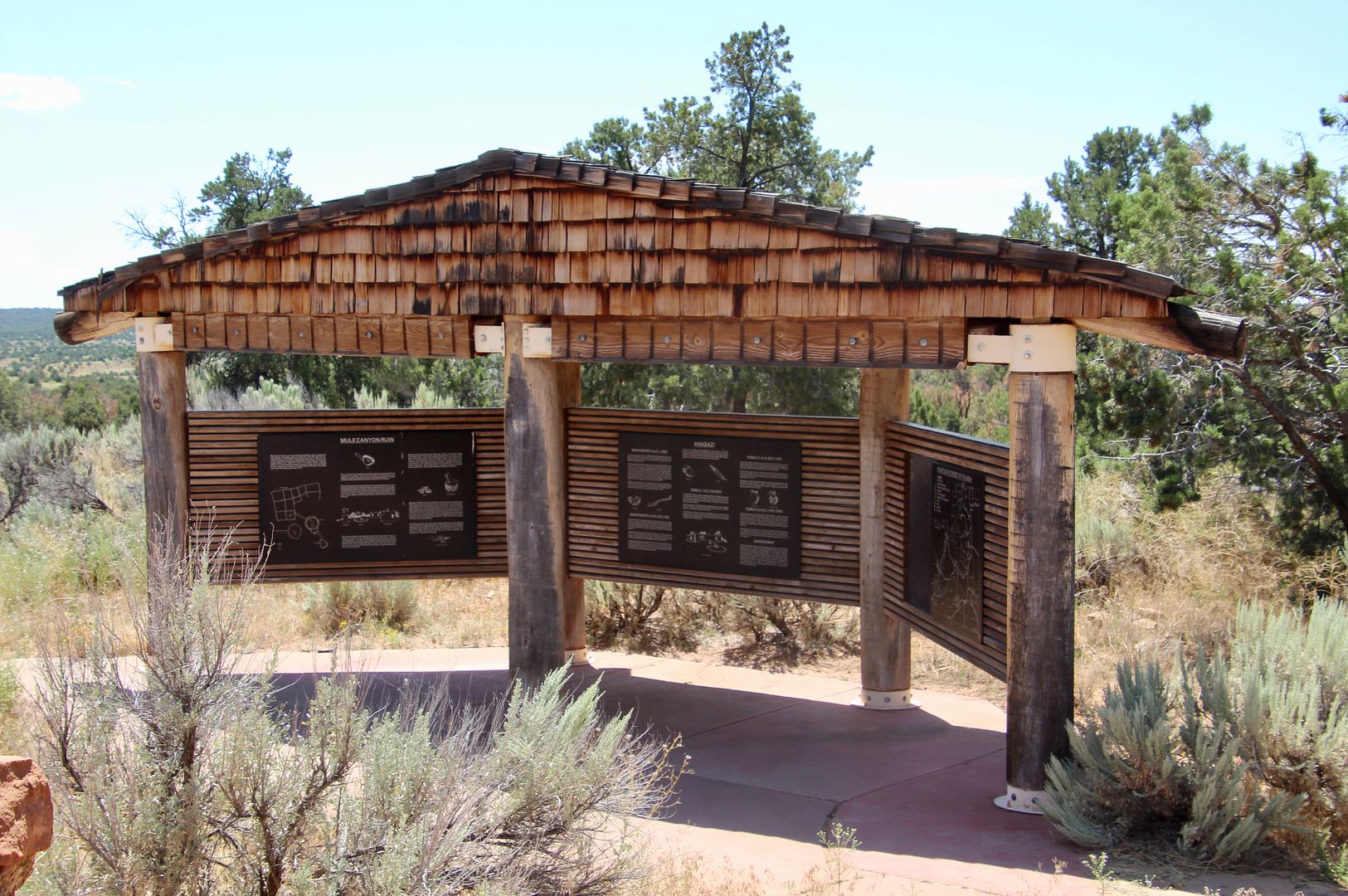
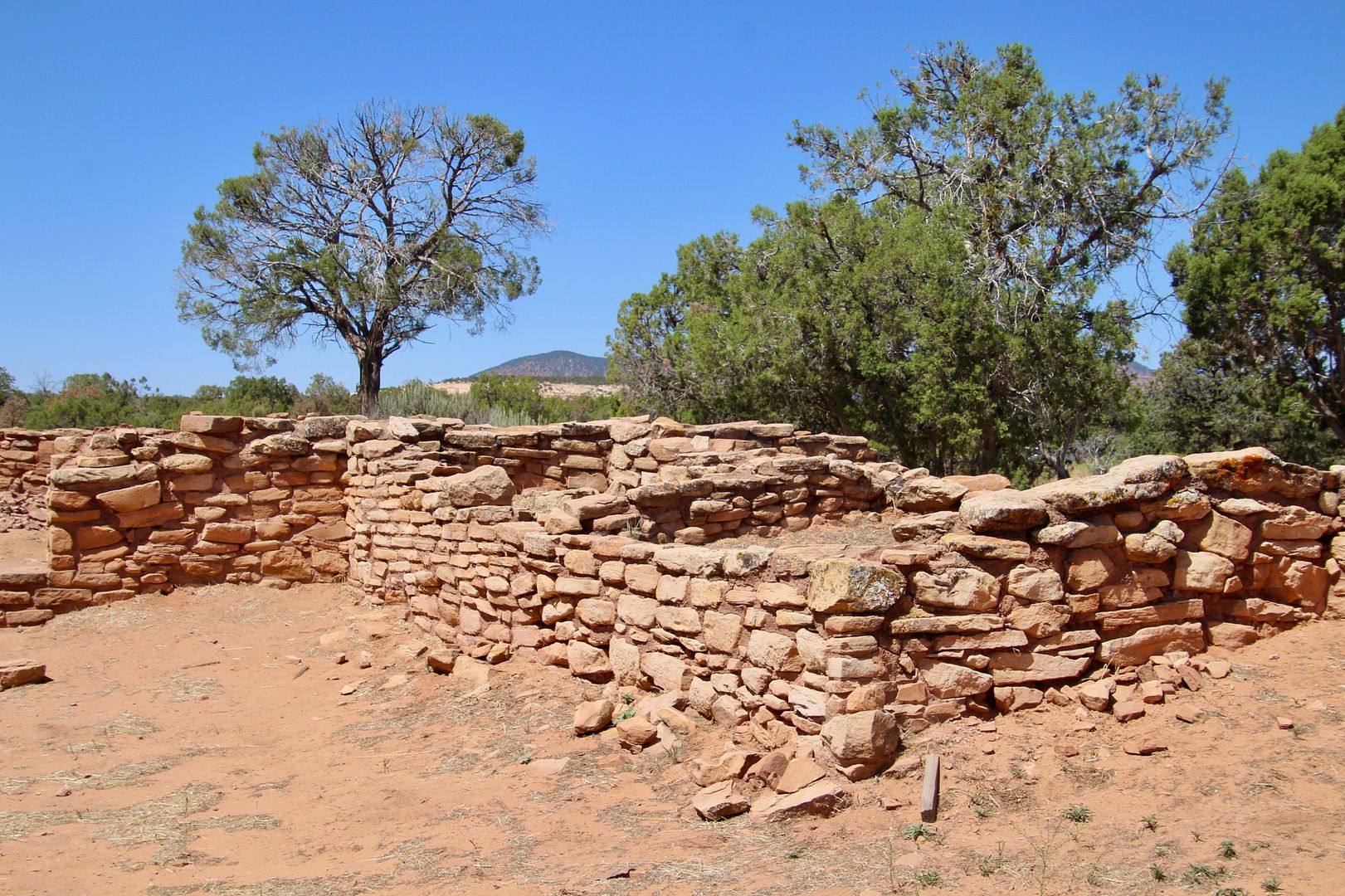
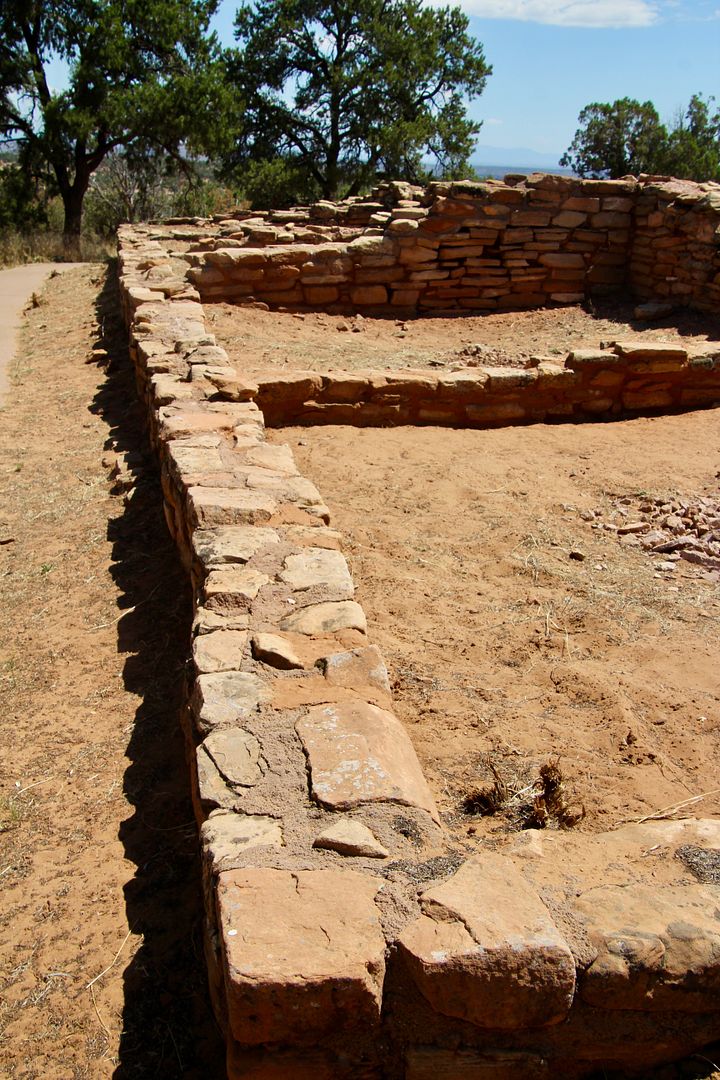
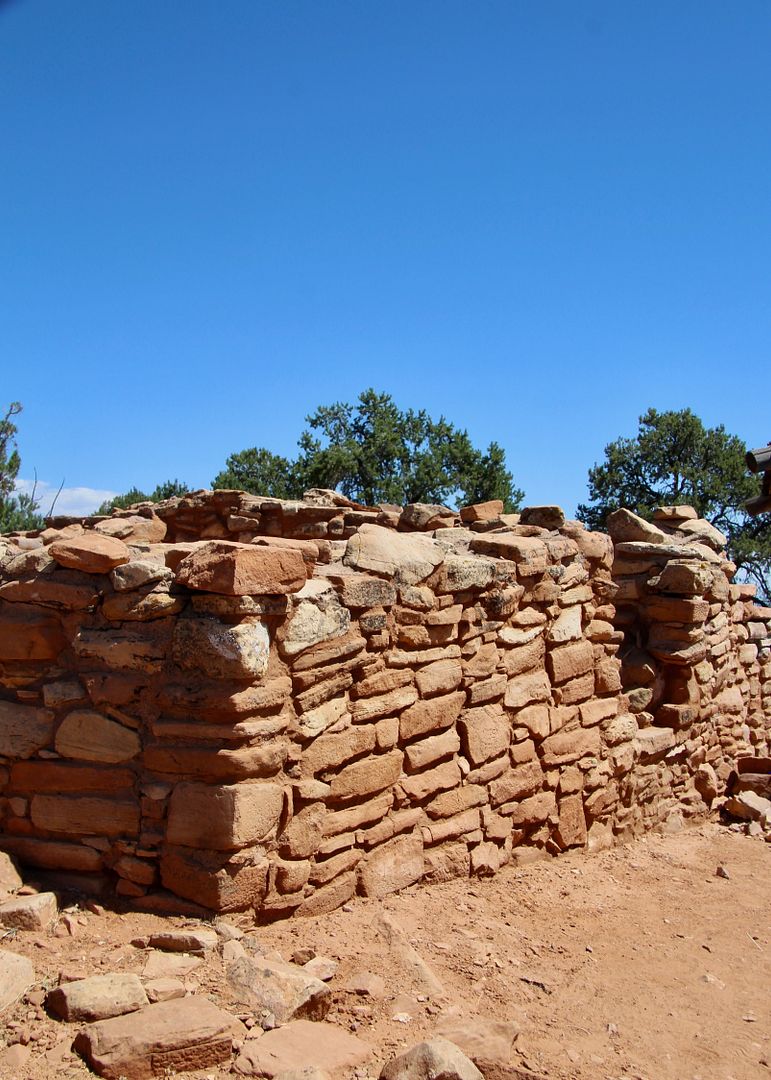
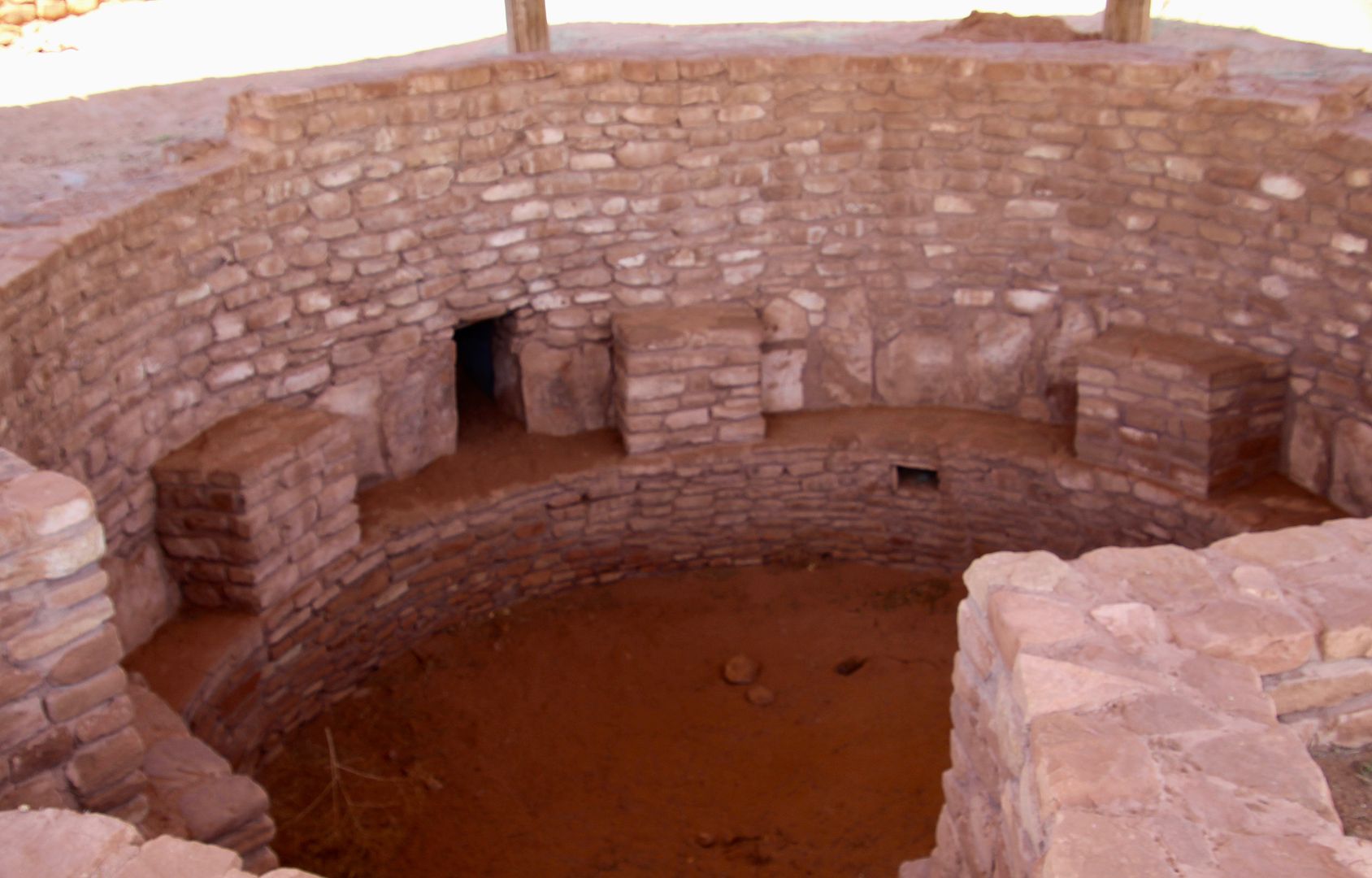

No comments:
Post a Comment